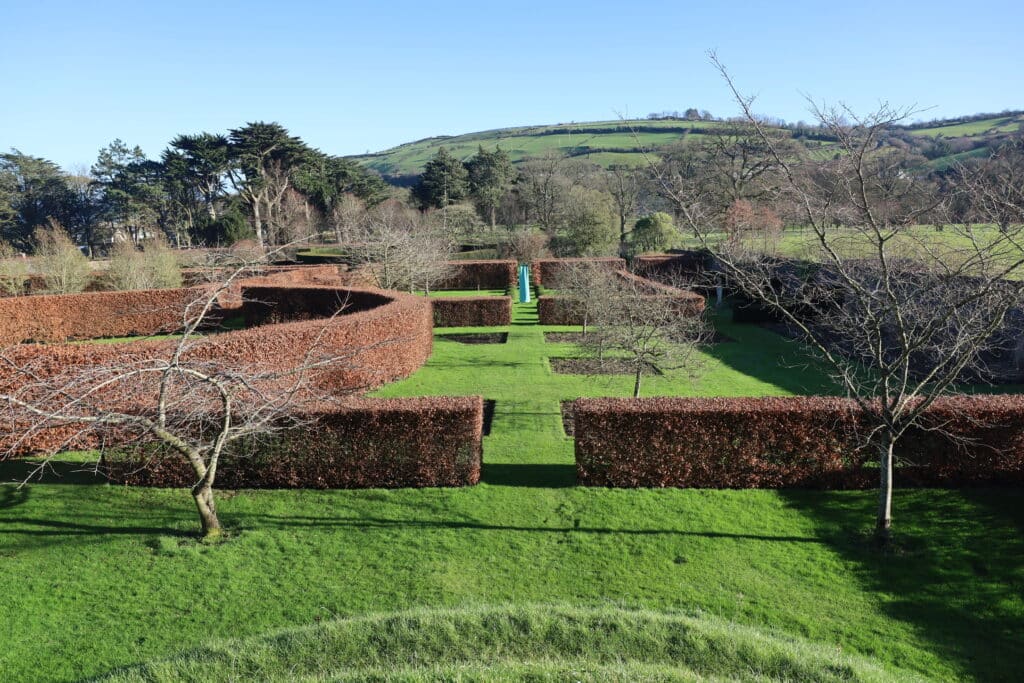October is a good time to take all sorts of soft-wood cuttings. Most have ripened a little and they are no longer soft as the nitrogen is depleted and they become full of stored sugars and starch. Flex the cuttings between the fingers and thumb and there should be some rigidity. We have been rooting such subjects as Senecio glastifolius and Felicia erigeroides. If we think the cuttings are difficult to root, we may use some Clonex rooting gel, but mostly we don’t use anything. Fill up 9cm square liners with perlite and wet the perlite thoroughly. We insert the cuttings after making the hole with a stick or pencil and just tap the pot a few times to settle the perlite. Then we just set the pot in about a centimetre of water in a tray and by capillary action, the perlite is kept just moist. The perlite can be recycled by boiling it in a pan and drying it out.
Ireland’s weather is slowly changing. It is nearly a degree warmer and 6% wetter than it was 30 years ago. It is thought this trend will continue, but that the summers will be warmer and drier, as it was this year. However, the winters will be wetter and milder. This year there was great autumn colour and the berries on the Irish Yews have been spectacular. Some surprisingly pleasing combinations of colour such as the yellow of the long cut, compound leaves of Rhus typhina f. laciniata combined really well with the Rowallane form of Salvia concolor, with its blue flowers and petioles. Another source of joy was seeing a flower on two types of cuttings which were struck earlier in the spring: Amicia zygomeris with its yellow pea flowers and Salvia confertiflora with its orange spires.






